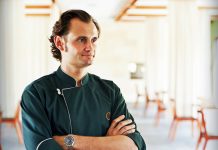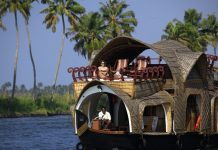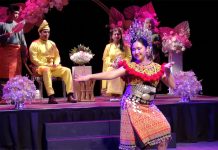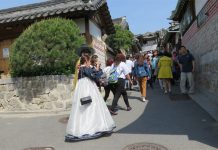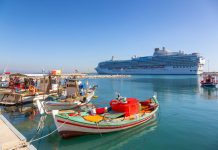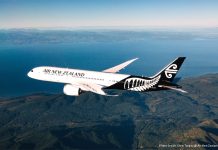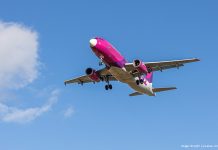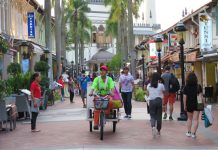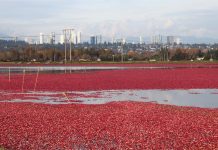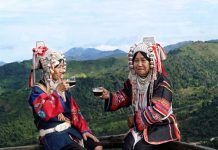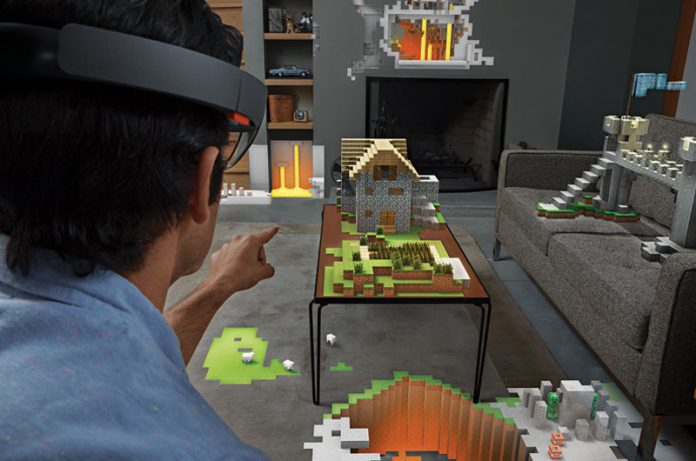
Updated: June 06, 2018
Virtual reality brings new hope to the disabled traveller. Imagine, exploring the ancient ruins of Athens, scaling the Grand Canyon or scuba diving in the Great Barrier Reef without being physically present.
Sitting quietly in his wheelchair watching sparrows hopping gingerly among the maple tree branches, care home resident Roger perked up when asked about his dream vacation. “I’ll like to take a long cruise with my girlfriend,” he said, flashing a big smile as memories of his global sojourns raced through his head.
“Name me a country, and I will tell you the capital”, he quipped, leaning over with ears perked, ready for a game. Ethiopia, I said! “Addis Abba”, he exclaimed. Hungary, I asked. Immediately he retorted, “Budapest”. Our bantering went on for some time. A well-travelled man whose knowledge of the world lay at his fingertips, Roger had hopes to travel again, but his frail health held him back. Not anymore!
Technology Changing Travel Experience
Emerging technologies such as augmented reality (AR), virtual reality (VR) and mixed reality (MR) have opened a whole new dimension in experiencing travel. These digital realities enable consumers to immerse themselves in a multi-sensory engagement experience with their favourite places and adventures without leaving their home.

How It Works?
In AR, images from your television or computer screen are transposed into the physical world creating a simulated environment. VR mimics your physical presence. It enables you to visualize and feel in a three-dimensional, 360-degree simulated environment as a first person experience.
VR devices such as Oculus Rift, Google Daydream View, Sony PlayStation VR and Samsung Gear VR Headset allow you to experience places, services and adventures in an instant. You can be exploring the streets of Budapest, and within minutes, switch to animal watching on an African safari or a helicopter ride through the Rocky Mountains.
VR can be accessed using mobile VR on smartphones – and tethered VR linked to high-end computers or video game systems. Many other industries including educational institutions and real estate companies are tapping VR technology for education and marketing purposes.
For food lovers, Project Nourished offers the virtual experience of dining on delicious dishes with no calories while maintaining taste, smell and touch. This could potentially be a solution to curbing food craving disorder.
MR is a hybrid of AR and VR with added technologies, bundled as a single device. It enables you to overlay augmented holographic digital content into real time-space, creating realistic settings. An example is Microsoft’s Hololens.
Microsoft’s Hololens: Holotour App
Hololens, the futuristic head-mounted holographic computer allows you to see, hear, and interact with holograms within a normal space. It uses high-definition lenses and 3-D sound technology to produce an immersive, interactive holographic experience. Holotour, one of several Hololens apps seamlessly integrates digital objects into your physical world. It makes objects appear as if they are real.
No more battling jet lag, hauling luggage through security or elbowing crowds to appreciate iconic attractions with the Microsoft Holotour App.
Digital realities enable people to travel the world in a whole new way. It inspires travellers to discover new destinations and consider places not on their bucket list. It’s a great planning tool for an immersive experience of the holiday destination prior to trip booking.
For limited mobility individuals like Roger, these innovative technologies provide access to relive their travel experience. It’s a wonderful entertainment choice for retirement home residents who were once avid travellers.








